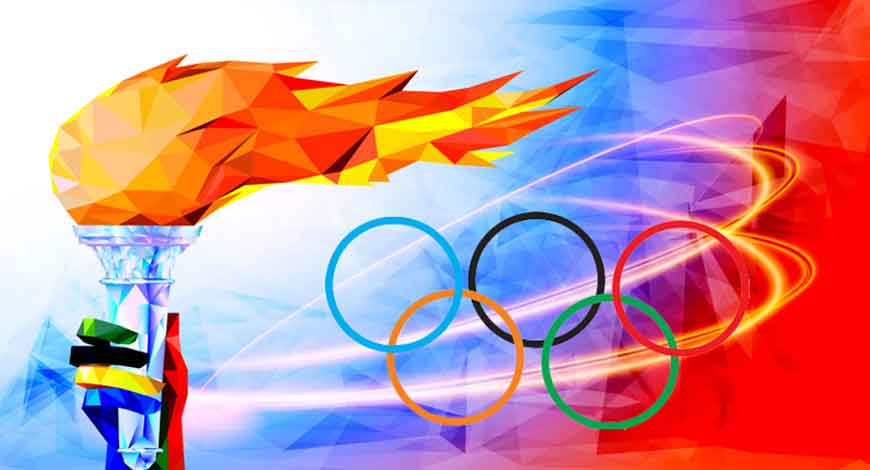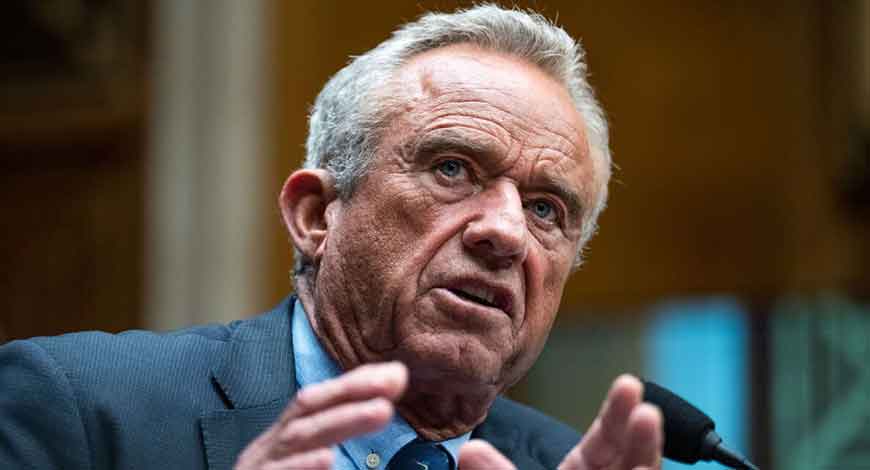Late one evening in a glass-walled office tower in Bengaluru, a venture capital analyst clicked through a dashboard where algorithms had already done the heavy lifting. Among a shortlist of obscure startups prepared by the firm’s new AI-powered screening tool, one stood out: a little-known health-tech company offering remote diagnostics in rural India. It had no media buzz, minimal pitch polish — but strong early traction and a sharp grasp of regulatory pathways. Within 48 hours, partners were reviewing the deal.
Scenes like this are becoming increasingly common across India’s venture capital ecosystem. Firms are turning to artificial intelligence and automation not only to speed up deal flow but to broaden their radar — evaluating thousands of startups based on data, not just networks or hunches. As competition intensifies and margins tighten, VC firms are betting that machine learning can give them an edge in the race for tomorrow’s winners. They are increasingly relying on AI to track early indicators of startup momentum.
“AI models are now programmed to assess LinkedIn activity, past entrepreneurial experience, and hiring velocity to infer leadership strength and scalability potential,” says Roma Priya, founder of Burgeon Law, a legal firm.
AI systems are trained to detect early indicators of momentum — from sustained spikes in web and mobile traffic to revenue patterns and user engagement signals. These tools also parse customer reviews, social sentiment, and product feedback to assess market reception in real time.
Some Indian VCs have automated 40 per cent to 60 per cent of workflows, speeding up deal flow and reducing reliance on referrals, according to industry sources. This is opening doors to founders outside traditional networks.
“All of this saves a lot of time and narrows down the list of promising candidates that align with the VC firm’s investment thesis,” says Sudhakar Chirra, founder and chief executive officer, Fresh Bus, which provides electric bus services for intercity travel.
Investment teams are leveraging automation tools like GenAI, Airtable, and Zapier to eliminate up to 80 per cent of repetitive tasks. This is helping accelerate decision-making while reserving human judgment for strategic calls.
“We view AI as a partner to our traditional sourcing and due diligence process, as we move towards more data driven approaches in investing,” says Rishit Desai, partner at WestBridge Capital. “We’re excited by AI’s ability to accelerate our deep research and thesis development, but its insights are ultimately supplementary.”
In sectors like software-as-a-service (SaaS) or direct to consumer (D2C), systems track repeat customer behavior and application programming interface (API) usage to gauge product depth.
A change in deal profile
AI is also changing the profile of deals or founders for VCs. Desai of WestBridge Capital notes that he is already seeing AI reshaping the founder landscape and deal flow.
“We’ve noticed a ‘barbell’ pattern emerge for founders,” he says, with most being either first-time entrepreneurs building quickly or seasoned operators returning to the field. AI is also fueling interest in data infrastructure startups. “We’re especially excited about startups that build the data infrastructure needed to manage the flood of new information AI creates,” Desai added.
Many founders, especially those without strong networks or from smaller cities, previously struggled to get noticed.
Nithin Kaimal, COO of Bessemer Venture Partners in India, says AI has enhanced discovery of such founders by improving both reach and depth. “Proprietary AI sourcing tools allow us to detect entrepreneurs building high quality products at the earliest stages,” he says. The technology has also broadened founder profiles, enabling Bessemer to “spot people with a robust body of AI knowledge,” while accelerating market intelligence and trend recognition across sectors.
Human Replacement
However Alok Goyal, partner at Stellaris Venture Partners, emphasised that “investment decisions are still deeply human,” grounded in team debate and founder engagement. “AI just helps us get to that point faster,” he says.
Gopal Jain, managing partner at Gaja Capital, distinguishes between venture capital and private equity approaches. “For private equity firms, research is about engagement and not sorting or sifting from many firms. It’s more a rifle shot approach,” he says. While venture capital relies on high-volume deal flow and AI-powered screening, private equity centres on building deep conviction and long-term partnerships.
“You can’t automate that and pattern recognition that gets sharpened over decades,” Jain notes, cautioning against over-reliance on historical data that could “sideline unconventional or breakthrough innovations”.
Samara Capital Managing Director Anchit Gupta, too, views AI as a valuable accelerator in private equity but not a replacement for human judgment. While deal sourcing remains relationship-driven, AI has significantly improved research depth and speed. Tools like Deep Search compress weeks of analysis into days, particularly in benchmarking and trend mapping.
While AI hasn’t shifted Samara’s focus on mature, profitable businesses, it has increased deal evaluation volume. Gupta notes AI helps “level the playing field by reducing discovery bias” and expanding visibility into lesser-known companies. However, he cautions against over-reliance: “Investing requires nuance, context, culture, leadership, and market dynamics that no algorithm can fully capture.” For Samara, AI enhances productivity without replacing conviction-led decisions.
Risks of algo over-dependence
“AI might power the first handshake with a VC today, but it’s still the old-school fundamentals that seal the deal,” says Radhika Ghai, founder, Kindlife, a wellness platform. “At the end of the day, the handshake that counts is still human.”
This human element becomes crucial when considering the risks. Experts caution that while AI enhances efficiency in venture capital, over-reliance carries risks. “Startups are not just numbers; they are people, ideas, and timing,” says Priya of Burgeon Law. She notes that AI may filter out founders with unconventional profiles or overlook emerging sectors lacking historical data. It can miss context, emotion, and human potential — factors that often define early-stage success.
There’s also concern that biased training data could reinforce existing preferences, such as favoring metro-based or male-led startups, limiting diversity in deal flow. Business Standard









